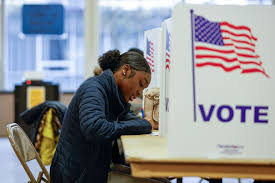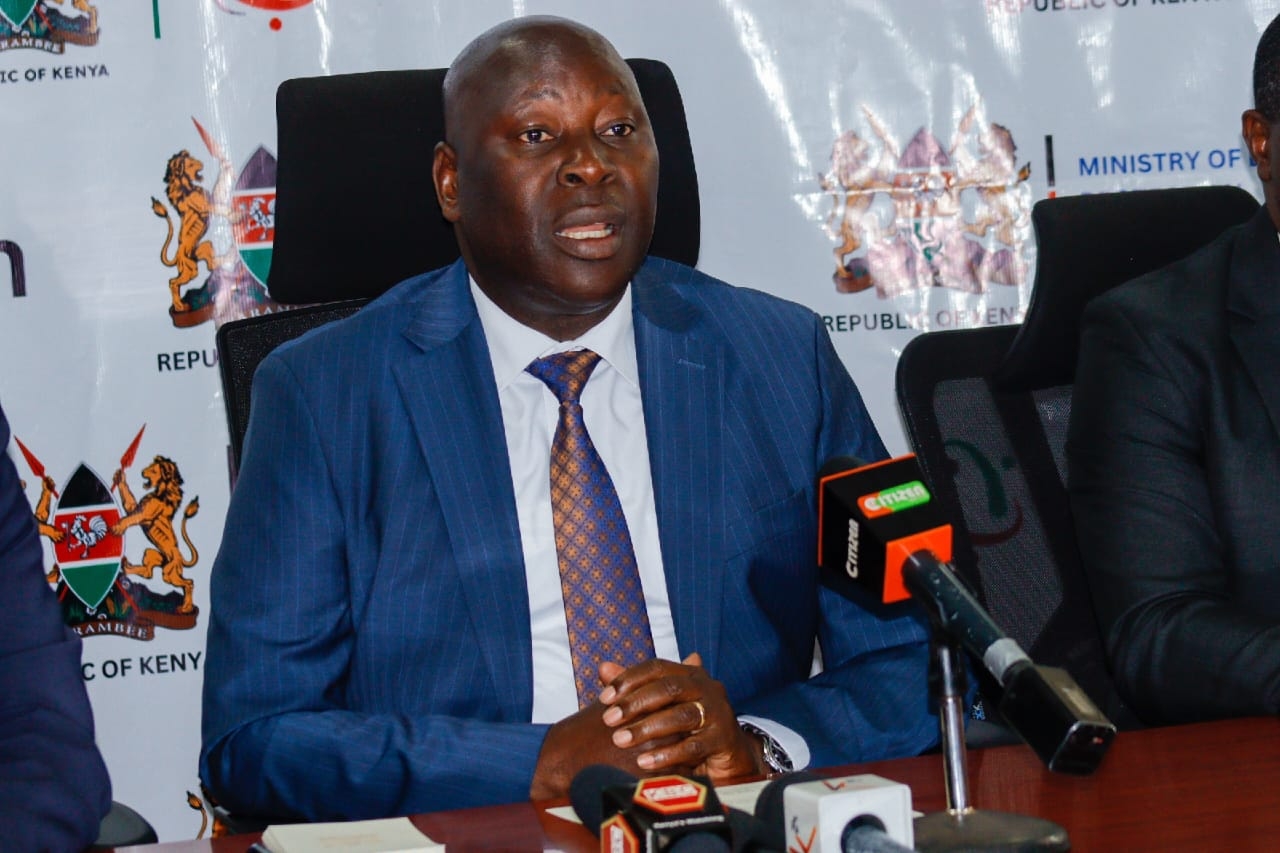

Voting in the United States of America (US) as in other countries across the world is a key pillar of democracy, allowing citizens to have a direct say in how the government is run.
But for many, understanding how it works can be a bit confusing.
From registering to vote to understanding the different types of elections to navigating the electoral college in presidential races, there’s a lot to know.
The 2024 presidential election, the 60th quadrennial presidential election was held November 5.
Former President Donald Trump of the Republican party is facing off with Vice President Khamala Harris of the Democrats.
Voters in each state and the District of Columbia will choose electors to the Electoral College, who will then elect a president and vice president for a term of four years.
While Americans voted in person at registered polling booths, others cast their votes in early voting in person or by mail.
Who conducts elections in US?
The US does not have a centralised election system.
While the Federal Election Commission enforces federal campaign finance laws, including monitoring donations and public funding for presidential campaigns, the elections themselves are conducted by local authorities within each state.
These authorities adhere to local, state and federal laws as well as being guided by the US Constitution.
Election rules vary among states.
In 2020, more than 10,000 local entities administered elections in the US.
How do voters cast their votes? In the US, no one is required by law to cast a vote.
The US does not have a system of online voting. Voters are assigned polling locations within each district.
These locations are generally public buildings, such as convention centres, libraries, schools and community centres.
In these locations, voters enter private polling booths to fill out their ballots.
How does the vote counting work?
Votes cast on election day are tallied first, followed by early and mail ballots, those that have been challenged, and then overseas and military ballots.
Local election officials-sometimes appointed, sometimes elected-verify, process and count individual votes, in a process known as canvassing.
Verifying ballots includes comparing the number cast with the number of active voters; removing, unfolding and examining every single ballot for tears, stains or other damage; and documenting and investigating any inconsistencies.
Counting ballots involves feeding each one into electronic scanners that tabulate their results.
Some circumstances require manual counts or double-checked tallies.
Every state and locality has rigorous rules about who can participate in the canvass, the order in which votes are processed and which parts are open to the public, including how partisan observers can monitor and intervene in vote counting.
What happens if the presidential election results are challenged?
Once every valid vote has been included in the final results, a process known as the Electoral College comes into play.
In every state, a varying number of electoral college votes can be won, and it is securing these- and not just the backing of voters themselves (the popular vote) that ultimately wins the presidency.
Generally, states award all of their electoral college votes to whoever wins the popular vote and this is confirmed after meetings on December 17.
The new American Congress then meets on January 6 to count the electoral college votes and confirm the new president.
After the 2020 election, Trump refused to concede and rallied supporters to march on the US capitol in Washington as Congress was meeting to certify Democrat Joe Biden's victory.
Trump urged his Vice-President, Mike Pence, to reject the results-but Pence refused.
Even after the riot was cleared and members of Congress regrouped, some 147 Republicans voted unsuccessfully to overturn Trump's loss to Biden.
Electoral reforms since then have made it harder for lawmakers to object to certified results sent to them from individual states.
They have also clarified that the vice president has no power to unilaterally reject electoral votes.
Nevertheless, election watchers expect that efforts to delay certification of the 2024 vote could take place at the local and state levels.
Trump, his running mate JD Vance and top Republican leaders on Capitol Hill have refused on several occasions to state unequivocally that they will accept the results if he loses.
What happens if there is a tie?
It is possible that the two candidates could end up in a tie if they have the same number of electoral college votes - 269 each.
In that situation, members of the House of Representatives - the lower chamber of the US Congress-would vote to choose the president in a process known as a contingent election.
Meanwhile, the Senate - the upper chamber-would vote for the vice-president.
But that has not happened for about 200 years.
When is the presidential inauguration?
The president-elect will begin the term in office after being inaugurated on January 20, 2025, on the grounds of the US Capitol complex.
It will be the 60th presidential inauguration.
The event will see the president sworn in on a pledge to uphold the Constitution and then deliver the inaugural address.
Credits BBC/Al Jazeera.














